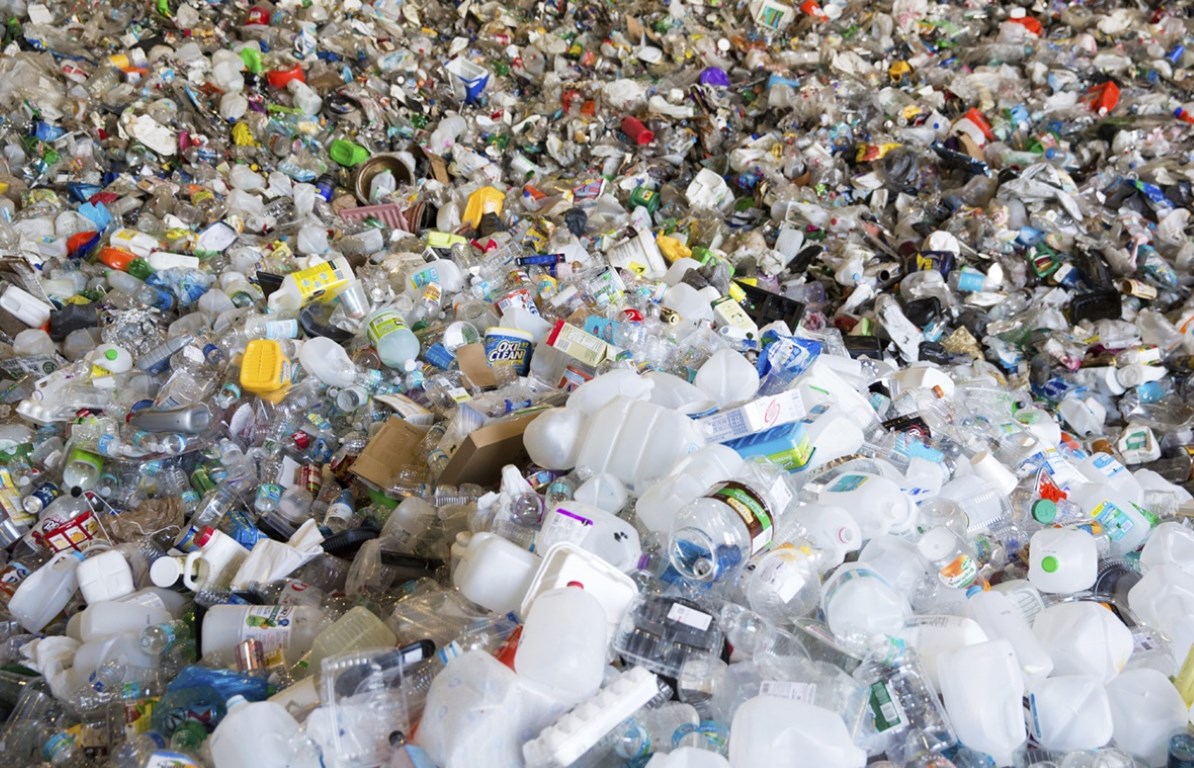WHO classifies styrene as “probable carcinogen”
June 16, 2018 | Expert Insights

After years of debate and evidence collection, the World Health Organization (WHO) has reclassified styrene from being a “possible carcinogen” to a “probable carcinogen.” Plastics contain a number of toxins like styrene. Thus, WHO announced that it will conduct a public health review on commonly used plastic fibers.
Background
According to the UNEP, plastic is defined as “any synthetic or semi-synthetic polymer with thermo-plastic or thermo-set properties, which may be synthesized from hydrocarbon or biomass raw materials.” Besides polymers, plastic also often contain several harmful chemicals, used to alter physical properties such as color and shape. Other highly toxic pollutants such as pesticides tend to bind to plastic as well.
Commercial use of plastic as we know it today began in the 1950s. Since then, the world has generated 8.3 billion tons plastic waste. Because of the widespread use of plastic and consumerist culture, plastic has become a major source of pollution.
Dumping plastic in oceans is thought to adversely affect up to 700 different forms of marine life. A number of sea birds and fish consume or get entangled in plastic paraphernalia disposed in the ocean, which often results in death. The Great Pacific Garbage patch is a collection of floating trash in the Pacific Ocean. It stretches across an area widely described as “larger than Texas”, and weighs 79,000 tons. 94% of the 1.8 trillion pieces of plastic in the patch are microplastics.
Plastic dumped in the ocean contains toxins such as Biaphenol A (BPA), which enter the food chain and have the potential to adversely affect human health. Other highly toxic pollutants such as pesticides tend to bind to plastic as well. As a result, there have been global calls to tackle this issue.
India alone generates approximately 5.6 million tons of plastic waste a year. According to the National Geographic, 91% of plastic is not recycled. According to a study released in 2017, “the vast majority of plastic ever made is still present in the environment in some form.” Plastics can take between 500 to 1000 years to degrade, depending on complexity.
Analysis
Plastic pollution has been found from the most remote oceanic islands to high Swiss peaks. Microplastics are even found in tap water and human food around the world, with unknown implications for health. Now, the World Health Organization has reclassified styrene from being a “possible carcinogen” to a “probable carcinogen.” Styrene is a chemical building block of polystyrene, the plastic material used to make styrofoam and many other plastic products.
"Styrene is in so many of the single-use containers that we use every day, including water bottles, foam cups and to-go containers, SOLO cups, and plastic lids. Now that WHO has shown that this stuff is a probable carcinogen, it's time to get it off the shelves and out of our homes," said Kara Cook-Schultz, Toxics Director for US PIRG Education Fund.
In addition to being a probable carcinogen, many single-use plastic products made from polystyrene are wasteful and unnecessary. “For decades, we’ve known that polystyrene is terrible for wildlife because it doesn’t biodegrade -- hundreds of species have been found to ingest plastic fragments, often fatally,” said Alex Truelove, Zero Waste Director for US PIRG Education Fund. Now, in addition to persisting in the environment for hundreds of years, we now know that the primary compound of polystyrene is probably carcinogenic. It’s yet another reason to get rid of the stuff once and for all.”
In March, the World Health Organization announced that it would launch a public health review on bottled water. The announcement came after the release of a world-wide study according to which bottled water may contain “roughly twice as many plastic particles [as tap water]”.
WHO water and sanitation coordinator Bruce Gordon said that there are a number of factors the WHO investigation has to consider, including composition, whether the plastic contains any harmful chemicals, and what the effects of the particles could be. The WHO made it clear that in cases of low-income countries without access to potable water supplies, bottled water is still safer for consumption than local sources. In these countries, waterborne diseases remain a greater threat.
Earlier this month, Indian Prime Minister Narendra Modi vowed to abolish all single-use plastic in the country by 2022. The pledge is the most ambitious of global actions taken by 60 nations to combat plastic pollution.
According to a UN report issued on World Environment Day, dozens of nations are acting to cut plastic, including a ban on plastic bags in Kenya, on styrofoam in Sri Lanka, and the use of non-biodegradable bags in China. A tax on single-use plastic bags in the UK has slashed their use and ministers have banned microbeads in personal hygiene products.
Assessment
Our assessment is that plastics have severe environmental and health implications. As stated previously, we believe plastic pollution is an issue that must be tackled in order to control the amount of toxins entering the food chain. Directly or indirectly, plastic will have serious health implications on all of humanity. Recent findings have shown that plastic is far more prevalent in our lives than previously understood. Food and water safety legislation may have to be modified, contingent on WHO findings.








Comments